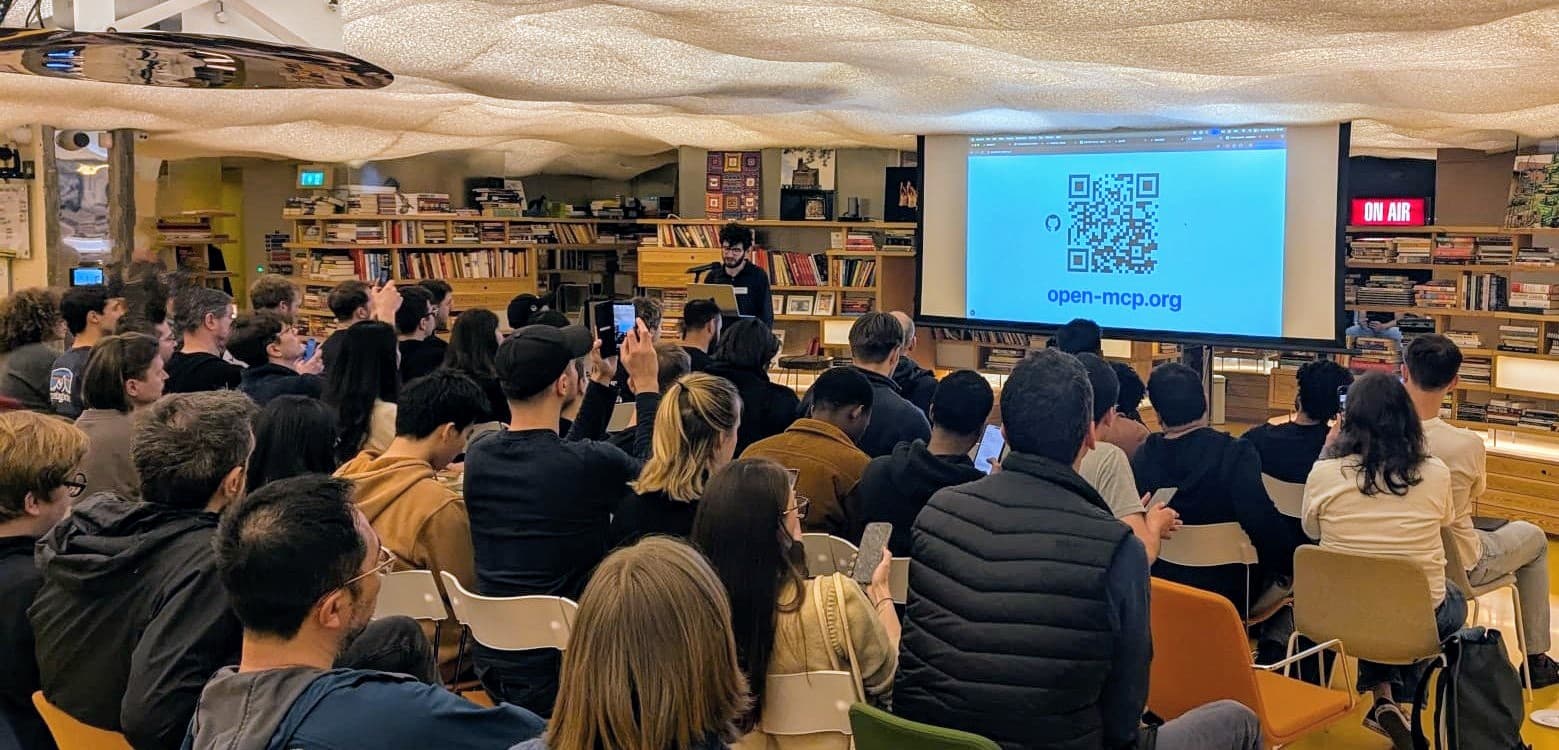From API to MCP Server
Why OpenMCP?
OpenMCP makes it easy to connect LLMs to APIs using Model Context Protocol. We're developing best practices for translating API specs into LLM-friendly MCP servers which are secure by default and ready to scale.

"Making an MCP server is easy"
If you have a few tools with simple auth requirements that you want to expose to an LLM, it's true that implementing an MCP server is easy, especially if the server runs on the same machine as the client.
Over time however, you'll want to expose more and more tools to the LLM. Agents will need access to entire web APIs.
Interfacing APIs
REST, RPC, GQL or SOAP - whatever the flavour of API, specification files can easily reach millions of tokens. And each API operation can require different authorization permissions.
Building, maintaining and scaling secure MCP servers at this scope becomes a challenge. There's no single method for translating API operations into MCP tools and technical tradeoffs are needed. Smart choices help LLMs use tools effectively and safely. Bad choices cause LLMs to pass the wrong parameters to the wrong tool.
A bad MCP server confuses an LLM more than it empowers it.
Moving forwards
In a rush to make APIs accessible to agents, companies are busy building MCP servers in silos, with mixed results. What we need is open-source tooling to tackle the three fundamental challenges faced when interfacing APIs with MCP servers:
- Implementing tools. Defining schemas and registering tools in a way that doesn't degrade performance by bloating the client's context.
- Authentication and authorization. Granting fine-grained permissions to end users without leaking sensitive credentials to the client in the middle.
- Scaling up. Managing concurrent connections while maintaining stateful user sessions to track permissions and tool context.
Getting started with OpenMCP
Whether you're an individual wishing that Claude had access to a particular API, or an enterprise wanting to make your services accessible to agents, OpenMCP provides the roadmap to seamless integration. Join us as we turn the hard-won lessons of early adopters into production-ready solutions.